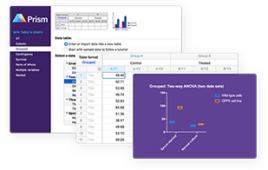Wasps Wage War on Behalf of Trees
A black, two-millimeter-long wasp from East Africa is helping wage war on one of its own kind – the Erythrina gall wasp, an invasive species that’s decimated Hawaii’s endemic wiliwili (Erythrina sandwicensis) and introduced coral bean trees (Erythrina spp.).
Hawaii Department of Agriculture (HDOA) officials “recruited” the beneficial wasp, Eurytoma erythrinae, and first released it in November 2008 after evaluating its host specificity as a biocontrol agent. U.S. Department of Agriculture (USDA) entomologist Michael Gates’ scientific description and naming of the species, together with a collaborator, helped HDOA obtain the necessary federal approvals to make the release.
How the gall wasp arrived in Hawaii in April 2005 is unknown, but it quickly found suitable hosts on which to feed and reproduce, first on Oahu and then other Hawaiian islands, notes Gates. He is with the Systemic Entomology Laboratory operated in Washington, D.C., and Beltsville, Md., by USDA’s Agricultural Research Service (ARS). ARS is the principal intramural scientific research agency of USDA. Gates’ collaborator, Gérard Delvare, is with the Commonwealth Scientific and Industrial Research Organization in Montpellier, France.
Hawaii’s wiliwili trees and tropical coral bean trees are commonly used for landscaping, soil and water conservation, and as windbreaks. As larvae, gall wasps feed inside the leaves, making them curled and misshapen. Severe infestations can defoliate and eventually kill afflicted trees.
Female E. erythrinae wasps deposit their eggs inside galls where the pest larvae feed. Upon hatching, E. erythrinae larvae eat the gall wasp larvae. They pupate and emerge two weeks later as adults. The parasites don’t attack native wasps or other nontarget insects. The Hawaiians found their “gall wasp gladiator” after dispatching two entomological teams to the pest’s native Africa in search of natural enemies, starting in spring 2006. In January 2007, Gates and Delvare were asked to identify the specimens collected based on their taxonomic expertise.
Gall-wasp parasitism has been as high as 70 percent at some release sites, but continued data collection will be necessary to correlate E. erythrinae’s rise to declines in tree damage.




